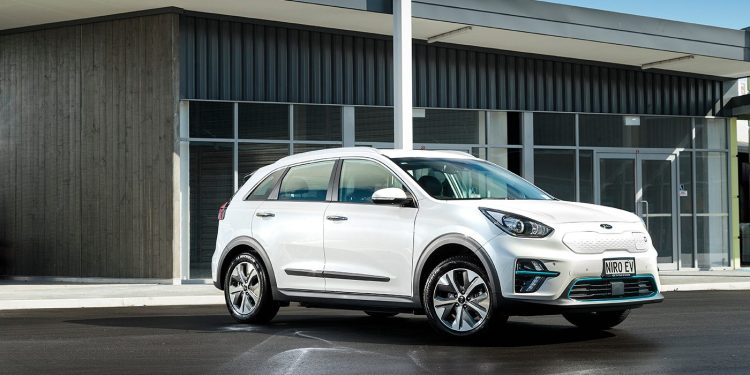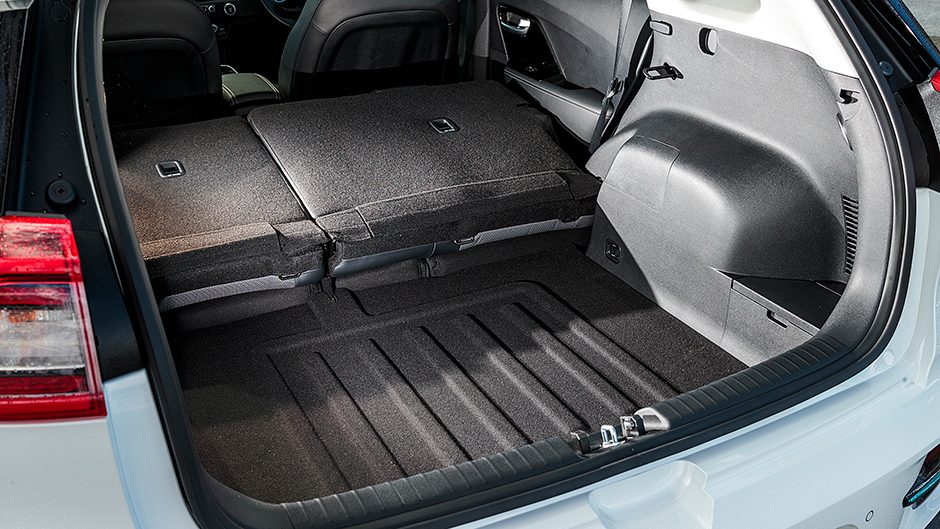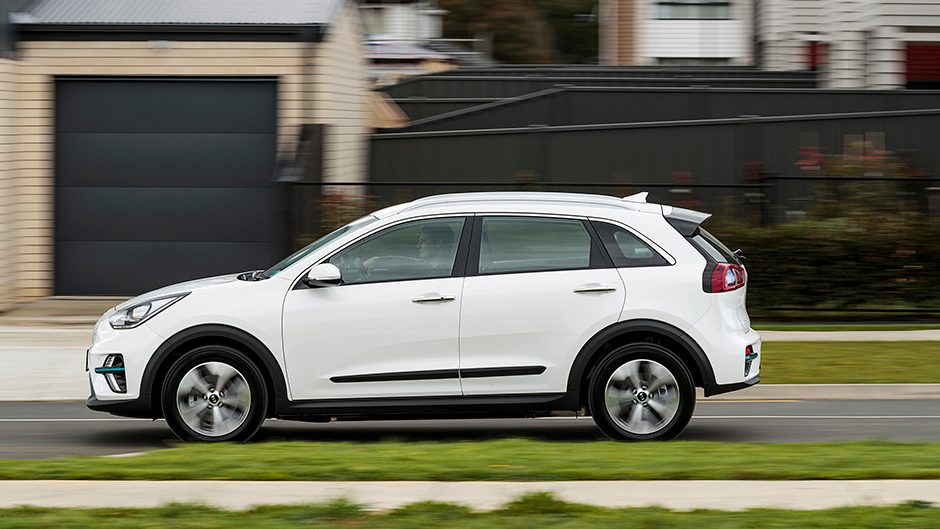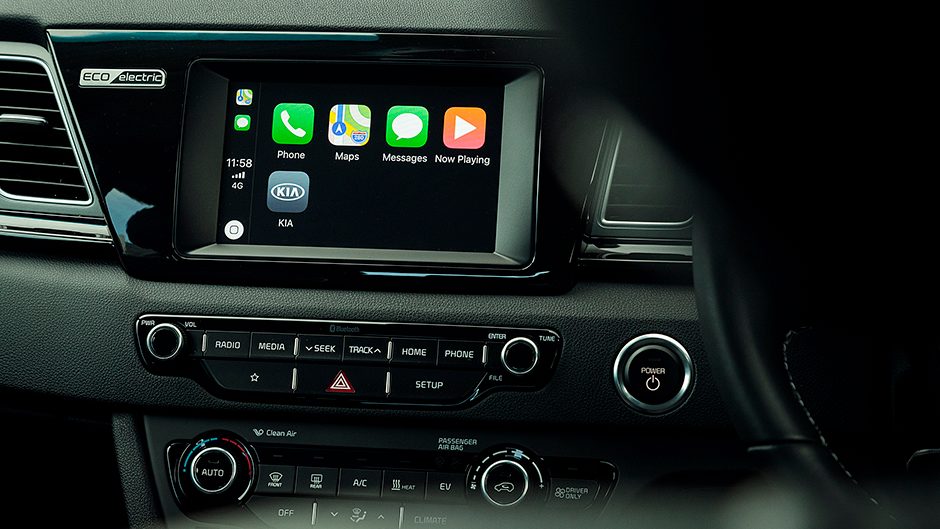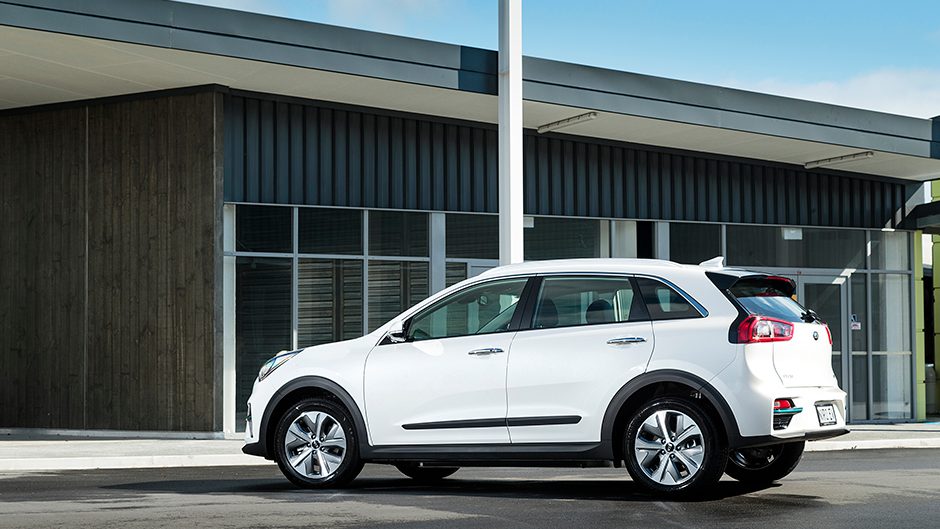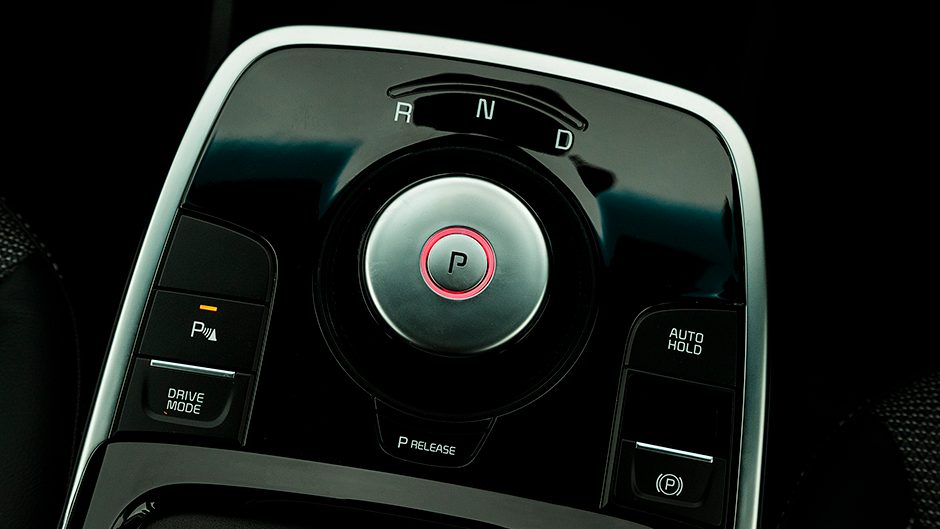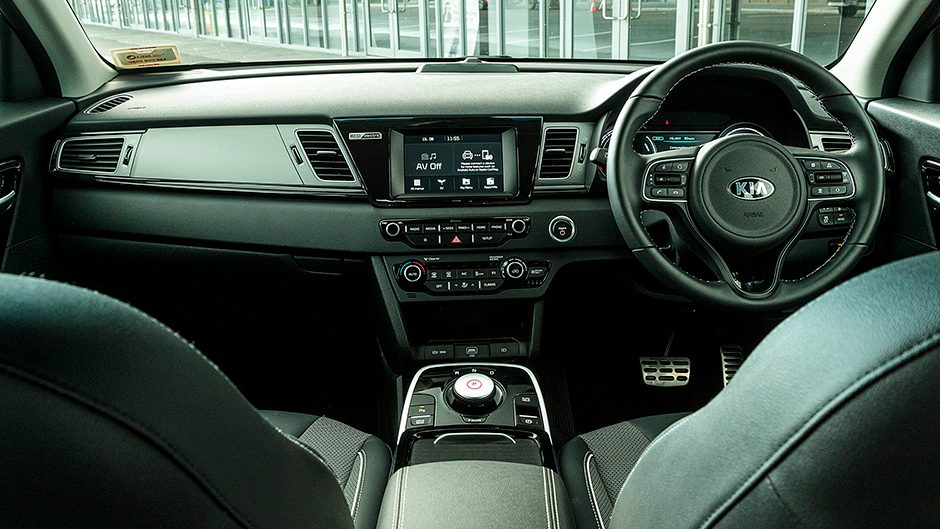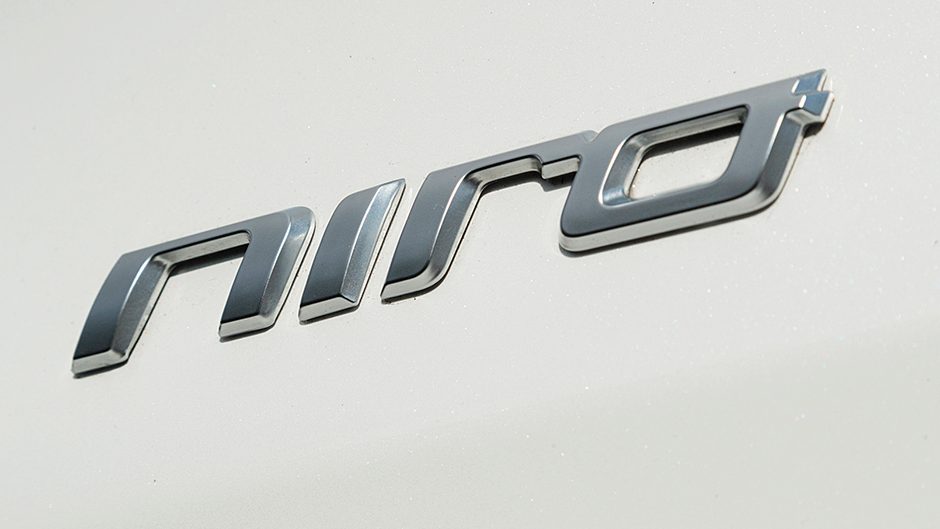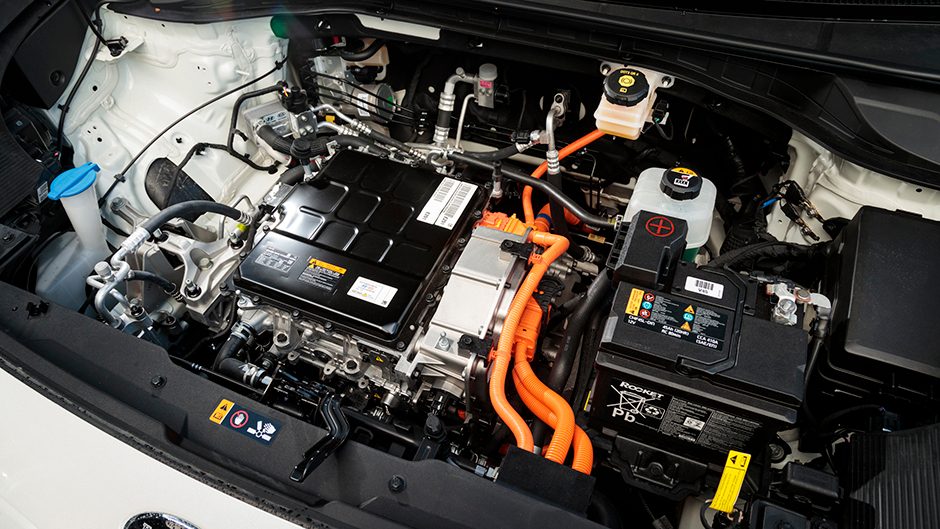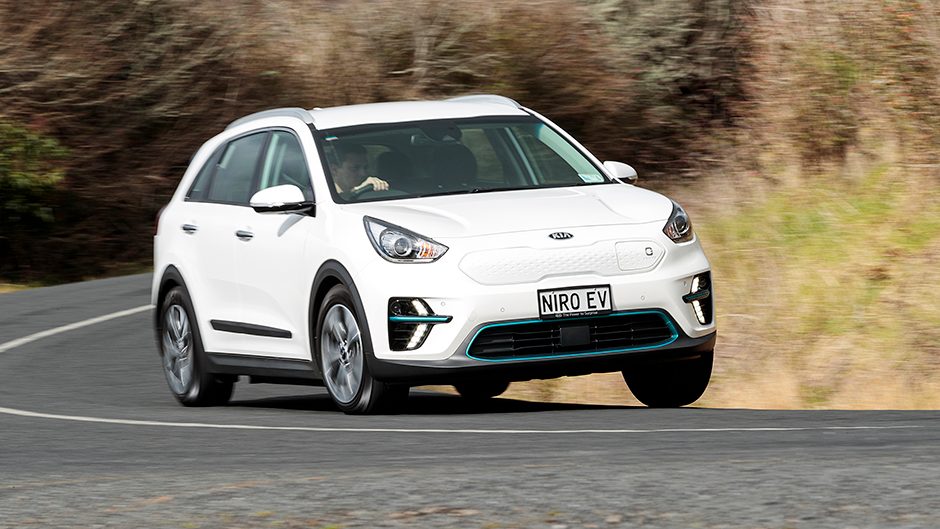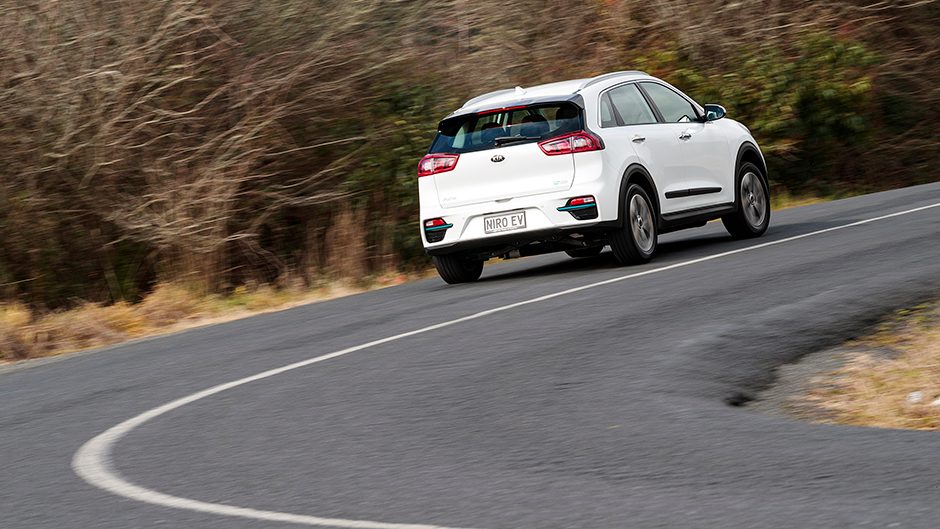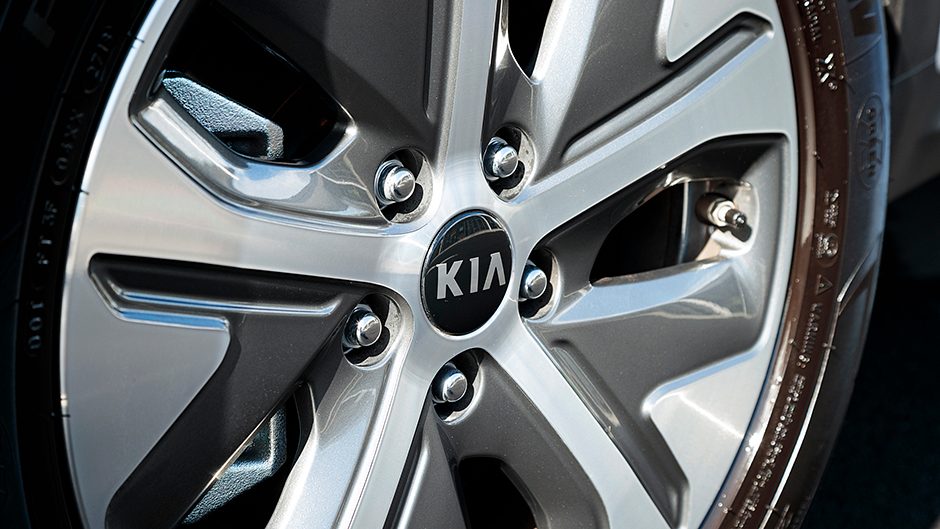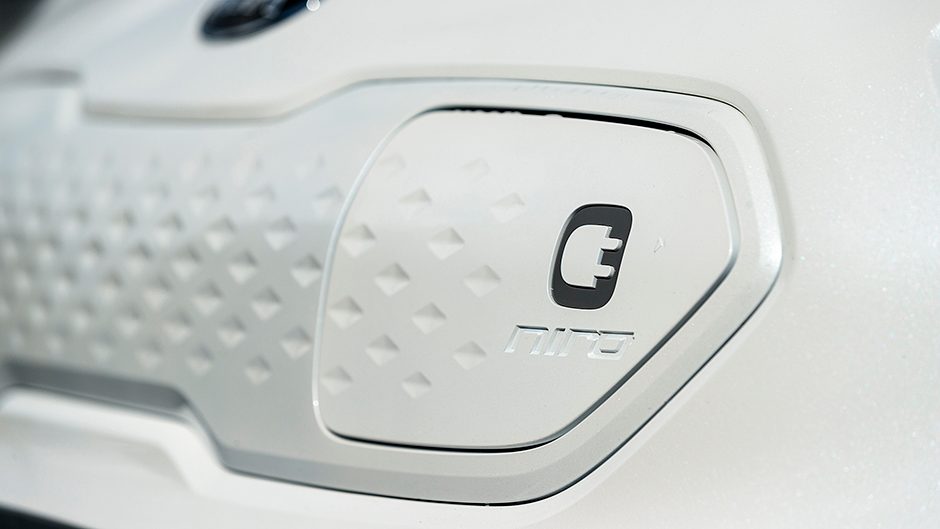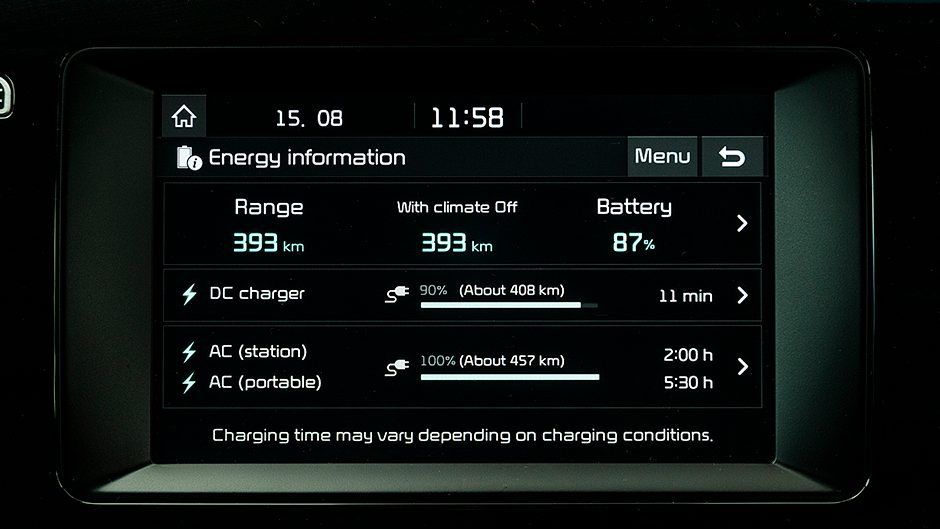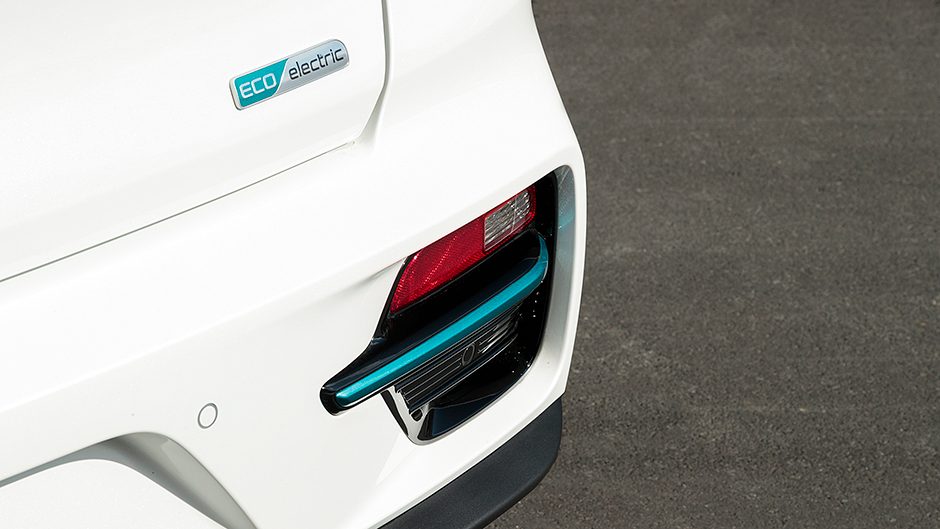2019 Kia Niro EV review
Words Kyle Cassidy | Photos Tom Gasnier
We’ve driven an electrified Niro previously but not one with this much voltage running through its drivetrain. This is the pure EV Niro which, at $76k, is Kia’s most expensive car. So is it worth it?
While some believe an EV needs to look futuristic to accentuate its electric creds, we’re glad Kia doesn’t think so. Its Niro is a vehicle designed with electrification at its core, yet it’s a relatively conventional crossover sort of thing, even this BEV version.
You can have Niro one of three ways, a petrol/electric hybrid, a plug-in or the BEV, Kia covering its bases on the CO2-conscious front. We rate the regular hybrid; it’s practical, drives well enough, nurses its fuel reserves and is reasonable value at $40k. The Niro EV offers two model choices, the EX 289 and EX 455, the numbers relating to the maximum range in kilometres.
The 289 is $69,990, the 455 is $75,990, and if you’re going to make the leap, you’d be mad not to pay the 8.5 per cent premium to get a 57 per cent increase in range. And it is a massive leap from the $40k hybrid to the EV, but then most of us understand why electric vehicles are so expensive, even if they only have a little wee motor, eh Judith?
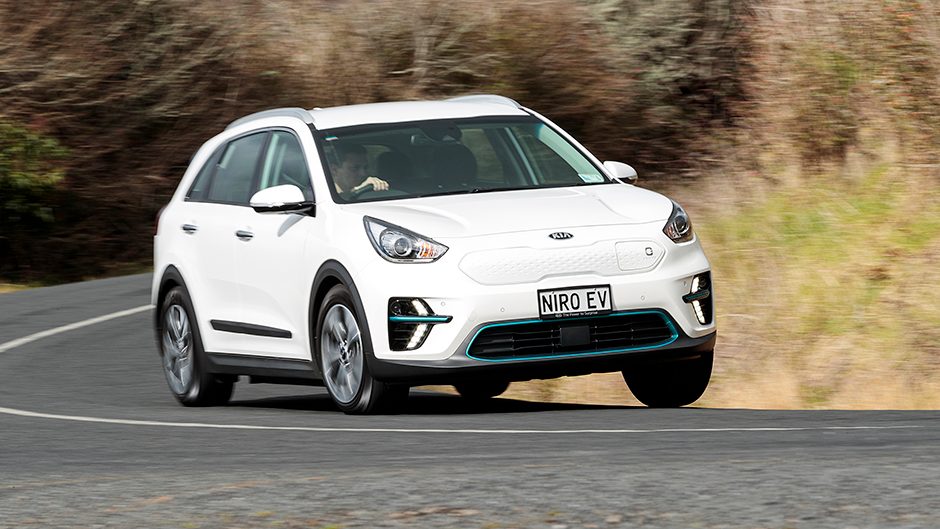
This EX 455 has a big battery though, the 64kWh lithium-ion polymer pack allowing that big range. Some stats for the geeks then; the liquid-cooled unit operates at 356 volts, has a capacity of 180Ah and weighs 457kg. That explains the disparity between the 1429kg hybrid and this, weighing 1733kg. The 455 powers a 150kW motor with 395Nm of ‘instant’ torque spinning the front wheels. The 289 has a 39.2kWh pack with the same torque but the motor outputs 50 fewer kilowatts.
The stroppier version is good for a 7.8sec 0-100km/h, though we managed a couple of runs under this, while the 289 is said to take two seconds longer. So even more reason to spend the extra on the 455. But EV buyers aren’t interested in performance; they want to know about the range, the range and the range.
With the big battery, there’s no second guessing its abilities. On our big day out with Niro, we started with an indicated range of 386km on a not-quiet-full battery. As it was a bit chilly, we had the heater on and all these ancillary functions drain your potential range, hence the 386 number. Anyhow we covered 201km that day, including testing duties and the drive loop, with the range meter sitting at 174km, the battery at 43 per cent when we plugged in at home with the standard three-pin charger.
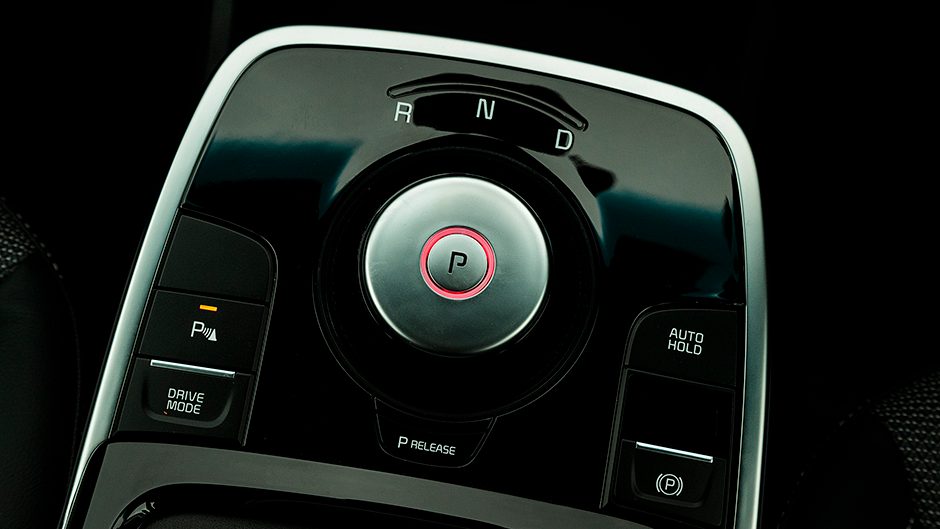
The 12 hours of juicing had the battery back up to 76 per cent, the range at 333km. On another longer than average day, 122km of travel claimed 25 per cent of the battery charge, while 10 hours of charging took it back to 77 per cent and a range of 327km. We had a few office-bound days, the round trip commute totalling just 24km, and so didn’t bother juicing on those nights.
We didn’t require the services of a fast charger, but Kia states a 50kW DC point will refill a flat battery to 80 per cent in 75mins. You’ll be lucky to stay that long at a public charger before some grumpy first-gen Leaf owner demands you move on. We recommend a wallbox for home charging, and then you’ll seldom need to go near a public charger. While the three-pin trickle charger will take up to 29 hours to cook the battery, the AC unit can get it done in nine hours.
The overall average on the trip computer was 16.3kWh/100km for our 400km of travel, while the official average is 15.9, so right on the money there. You get better volt mileage in stop-start traffic than on the motorway, and the average will depend on how you use the three-stage brake regen. This you can leave to sort itself in Auto mode, the regen activated every time you release the power pedal. This however can have you slowing down sooner than intended as it tries to anticipate your moves.
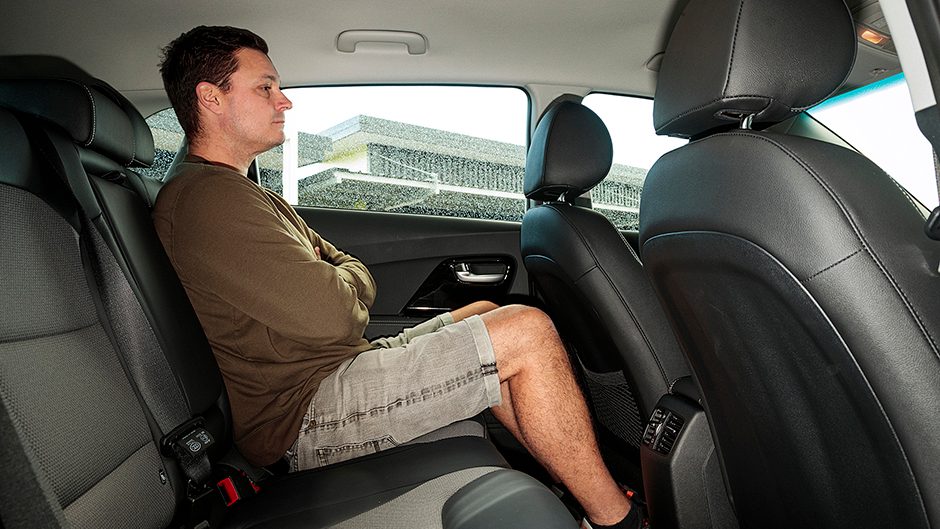
You can override all this by using the regen paddles on the wheel, our preferred method as we just can’t help but fiddle. There are actually four stages of regen as you can set it to zero, and enjoy the amazing coasting ability of an EV. There is far less friction in the drivetrain, and given the ease with which the torquey motor gets you up to speed, you can then coast, maximising the potential energy of the force in motion.
Keep your wits in the traffic, and you can use the paddles to introduce the regen and it will perform most of your braking; you’ll seldom use the left pedal. We’re not sure if that’s the most economical way to drive it, but it seems more logical, and smoother than the constant accelerate, regen, accelerate, regen in auto mode.
Despite being optimised for urban use, this does itself proud in the extra- urban setting. While it’s weighty, that mass is well distributed and low lying. The motor lives in the depths of the ‘engine bay’ and inline with the axle, while the battery is positioned under the floor ahead of the rear axle. Anchored by its low lying mass, the roll moment isn’t quite as pronounced as with the hybrid version, while the nose doesn’t feel as burdened either. And so it cuts a handy cornering line around the turns.
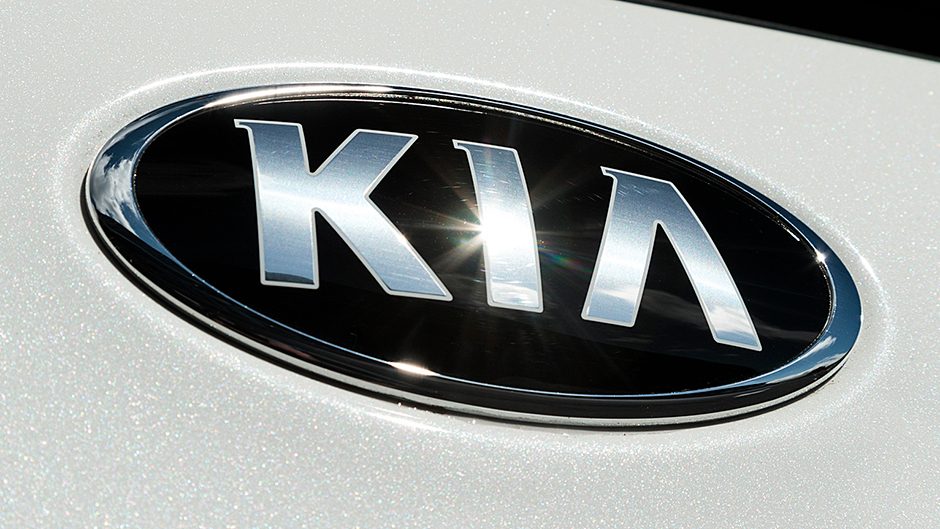
The ride is compliant, without offensive levels of wallowing in the bends. The ESP is tuned to let the tyres squirm around, so you can probe the limits without being told off. Its steering is well assisted but light on sensation, and doesn’t much like mid-corner bumps, which inflict some rack rattle. The brake pedal is harder to modulate than conventional stoppers, and it doesn’t possess the best feel either.
Setting the regen to level one is preferable to ease the transition off the go pedal, as the higher the level, the jerkier the progress. There’s enough poke from the motor at speed, not neck snapping, but the way it blasts from 70 to 100 is impressive thanks to the instant surge and so this gets the overtake done smartly. There’s just a trace of torque steer and there’s a certain uptick in response when in Sport mode, while Eco is just that, limiting the maximum torque and power of the motor and softening throttle response.
It’s quiet of course; not having a contraption with controlled explosions going on inside helps. Road noise is well suppressed, the tyres whisper, while honed aeros and additional sound deadening limit the effects of NVH.
The exterior styling has been altered only minimally, the grille blanked off, new aero efficient bumpers and they had to put some blue highlights about the place. The cabin has a few blue highlights too, and a new ‘shifter’ with a rotary selector sitting on a panel extending from the central armrest with a big storage spot underneath. Dials are EV specific with driving range and battery charge info.
| Model | Kia Niro EV EX 455 | Price | $75,990 |
| Engine | 150 kW/395Nm | Drivetrain | front-wheel drive |
| Fuel Use | 0L/100km | C02 Output | 0g/km |
| 0-100km/h | 7.24sec | Weight | 1733kg |


